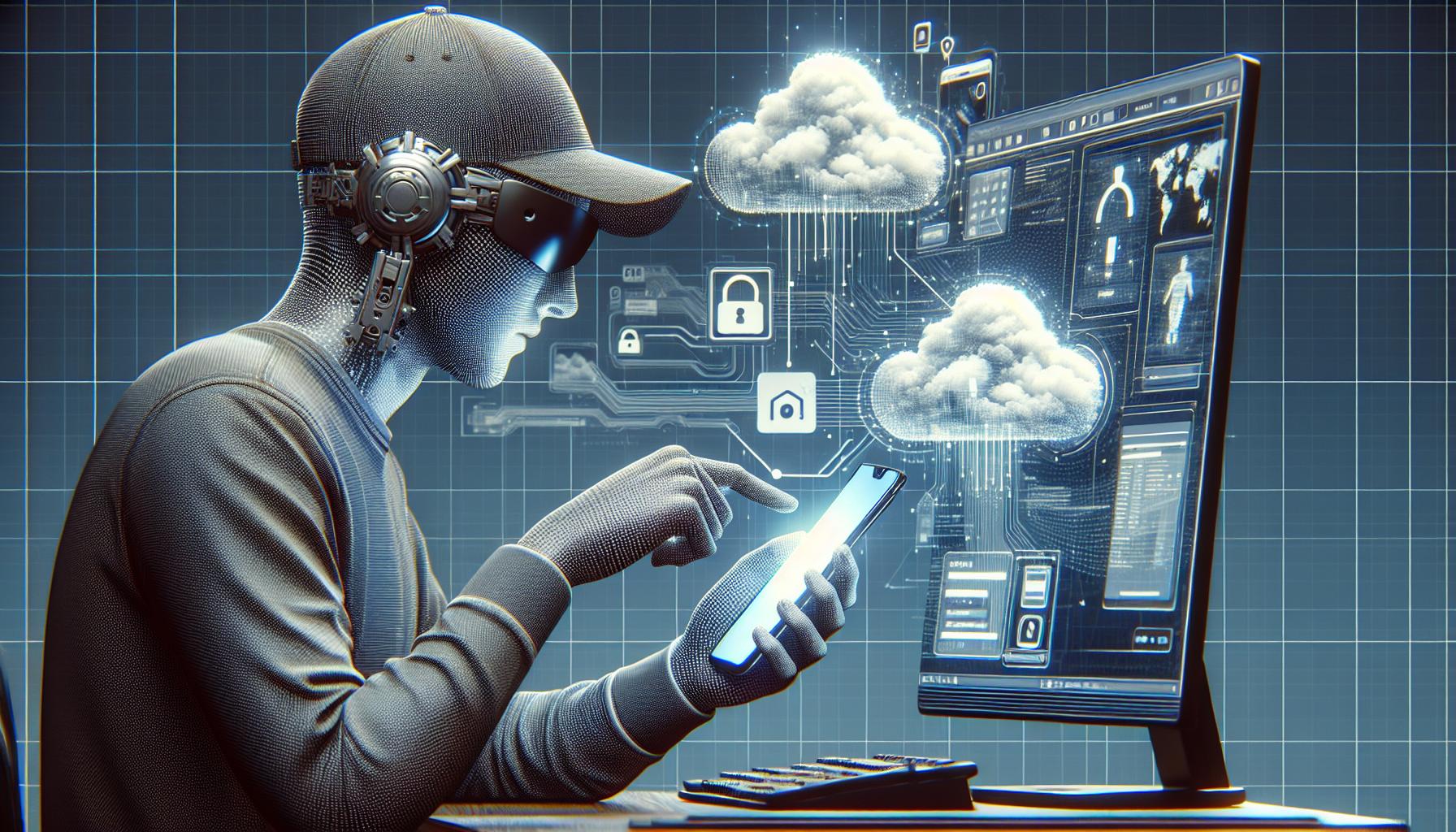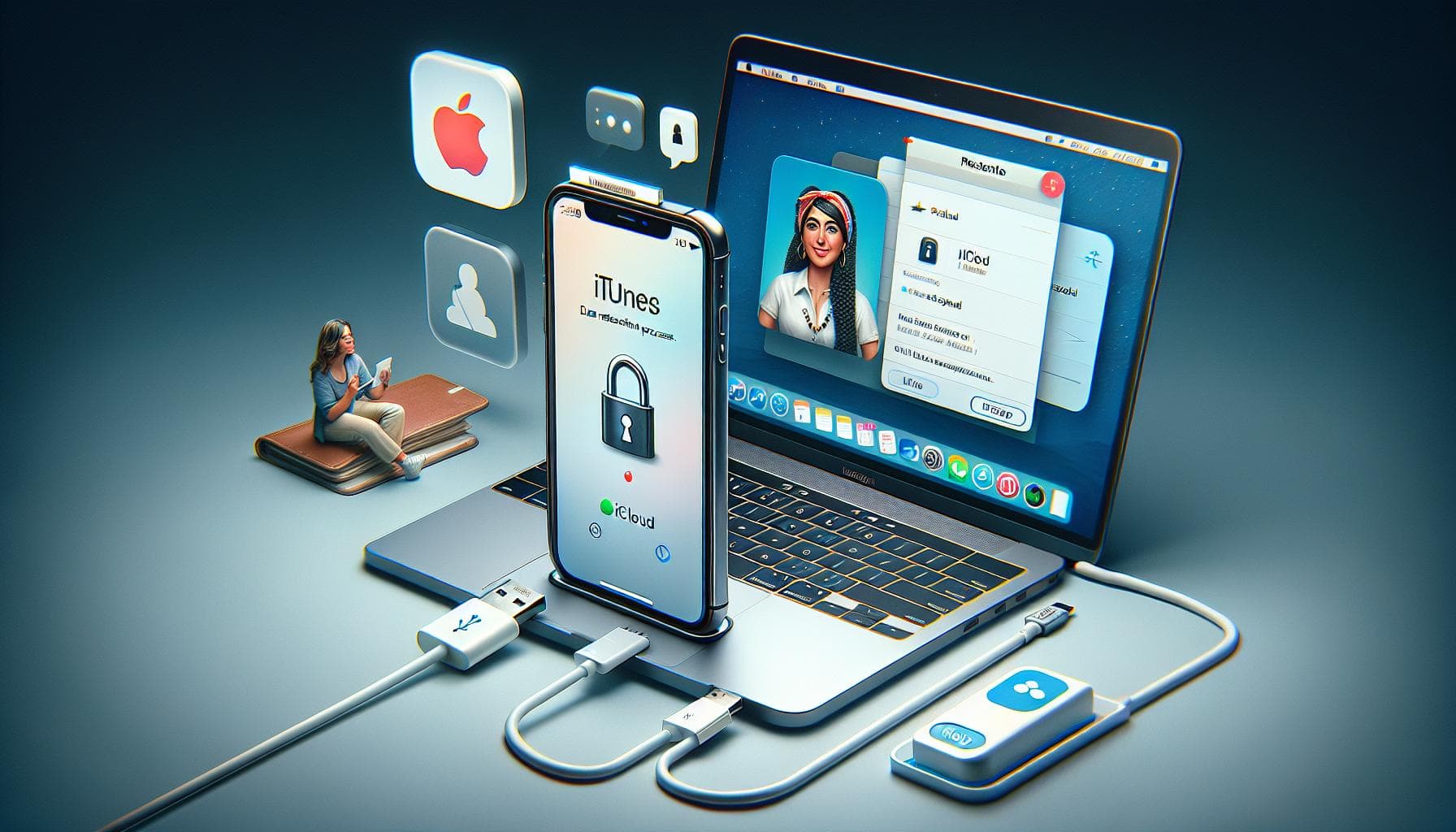Ever found yourself locked out of your iPhone? It's a common scenario. You've either forgotten your passcode or your Face ID isn't working. Don't fret, there's hope yet.
In this guide, we'll explore some effective methods on how to unlock your iPhone without passcode or Face ID. You'll be back to using your device in no time. Stay tuned as we delve into the nitty-gritty of bypassing iPhone's security features.
Method 1: Using iTunes to Restore iPhone
One viable method to bypass the lock on your iPhone is by employing iTunes. It's a powerful tool, installed on most computers already, and if used correctly it can help reset your iPhone making it accessible again.
To start with, ensure that you have the latest version of iTunes installed on your computer. If not, head to the Apple website and download it. Once updated, proceed with the following steps:
- Connect your iPhone to your computer using a USB cable.
- Launch iTunes and wait for the application to recognize your device.
- Select your device symbol as it appears on the top-left corner of the iTunes screen.
- Find the option that says 'Restore iPhone' and click on it.
- A pop-up window will appear for confirmation, select ‘restore’.
This process initiates a system restore where all your data and settings are wiped clean. Wait until the process is complete, don't disconnect your smartphone in between and make sure your computer is charged throughout. After the restoration process, your iPhone restarts as a completely new device, free of passcodes or Face ID restrictions.
Note, however, that using iTunes to unlock your iPhone will delete all its content. Only ever choose this option as a last resort if you don't have a backup of your data.
While this method may indeed sound drastic, it's an effective way of resolving the issue when you’ve forgotten your passcode or the Face ID doesn't work. And if you've regularly backed up your iPhone's data using iTunes, then this becomes a reasonable method as you'll be able to restore all your files, settings, and apps once the iPhone is unlocked.
So, if you're locked out and can’t remember the passcode or Face ID, consider using this iTunes method. It's a reliable strategy that has worked for many and might just be the solution for you.
Method 2: Using iCloud to Erase iPhone

A second reliable method to unlock your iPhone, if you're locked out or can't remember your passcode or Face ID, is to use iCloud. This method works on the assumption that you've enabled the "Find My iPhone" feature on your iPhone. However, remember that like restoring your iPhone using iTunes, this method will erase all data on your device if you haven’t backed it up to iCloud.
Here are the steps that you can follow to unlock your phone using iCloud:
- Log in to your iCloud account from a computer or another iOS device.
- After logging in, head to the Find iPhone feature.
- There, you'll see a list of devices linked to your account. Select the device that you want to unlock and erase.
- Click on Erase iPhone. This action will erase all data and settings on your iPhone entirely, including the passcode or Face ID.
You might be wondering, "What happens after erasing all the data?" Well, post-erase, your iPhone will be restored to its factory settings. Post-restoration, your iPhone will be like a new device, and you can set it up from scratch.
- Remember: To use your iPhone further, you'll need to reactivate it. For reactivation, you'd need your Apple ID and password. So ensure you have this info handy!
Nevertheless, this method is open only to those who can access their iCloud account. If you can't log into your iCloud account, you won't be able to erase your iPhone through iCloud. In such cases, the iTunes method might still be the best bet for you.
This iCloud approach is direct and effective. However, one must use it thoughtfully, ensuring data is backed up and you have the necessary login details to reactivate your account.
Method 3: Using third-party software to bypass passcode
In some cases, your option may be to use third-party software. An array of handy tools can help if you've lost your passcode or can't unlock using Face ID. These applications are specifically designed to bypass the iPhone security for situations just like yours.
Among multiple software available, Dr.Fone - Screen Unlock (iOS) and Tenorshare 4uKey are frequently recommended choices. Their user-friendly interfaces and reliable processes make them preferred tools.
Dr.Fone - Screen Unlock (iOS) has a strong reputation for success and ease of use. Download it to a trusted computer, connect your iPhone, and follow the on-screen instructions to bypass the passcode. It'll guide you through everything. This tool also supports the latest iPhone models and iOS versions.
Similarly, Tenorshare 4uKey is known for its direct and straightforward unlocking process. After downloading and installing this software on your PC or Mac, connect your iPhone to the computer and let the software do the work. Its excellent efficiency has earned it great reviews among users.
Yet it's worth noting that even the best software might not be foolproof. There's a potential risk when you entrust your iPhone to these tools. They might end up erasing all your data during the unlocking process. Hence, despite their high success rates, there's no absolute guarantee.
Therefore it's vital to have a complete backup of your data before using these tools, similar to the iTunes and iCloud methods. This will ensure you can recover your data if retrieval goes south.
In essence, these third-party applications offer alternative methods to iTunes or iCloud for unlocking your iPhone. They might be more convenient, especially if you lack access to your iCloud account or can't use iTunes. Yet the potential for data loss is a shared risk with all three methods. So remember, the golden rule: Always backup your data before you proceed with any unlocking method, whether using iTunes, iCloud, or third-party software.
Method 4: Contacting Apple Support
As an iPhone user, there's a fourth method that might come to your rescue when you're locked out of your device: by contacting Apple Support. While Apple tends to put security at the forefront, it doesn't mean you're left out in the cold when you forget your passcode or Face ID.
Building off the previously mentioned methods, this one may prove to be the most reliable, albeit somewhat more time-consuming one. Ensuring peace of mind, contacting Apple Support is an official method advocated by Apple itself when dealing with such situations.
When you contact Apple Support, they will guide you through the process of unlocking the iPhone. You'll need to provide information proving you're the rightful owner of the device before any actions are taken. The necessary info includes Apple ID, personal identity details, or the device's original sales receipt. Apple Support may also ask for additional supporting document, so it's crucial to have all documents related to your iPhone accessible.
Speaking to an Apple representative ensures a more personalized touch in your predicament. They will understand the issue from your perspective and offer an optimal solution. Contacting Apple Support also safeguards against the potential risk of data loss compared to some of the other methods discussed earlier.
You can reach out to Apple Support through their website, over the phone, or by visiting an Apple Store physically. Depending on your location, the exact process and response rate may differ.
A helpful tip is to reach out to Apple support in the region where you bought your device. This has an added benefit as devices and services often vary by country or region.
Next, we'll be exploring another alternative method with yet another third-party tool that can help you unlock your iPhone. But, keep in mind, if all else fails, contacting Apple Support is a trusted and reliable way to regain access to your device. Now, with knowledge about this method, you're better equipped to handle the situation if your iPhone becomes locked.
Conclusion
So, you've got the know-how to unlock your iPhone without a passcode or Face ID. You can opt for iTunes, iCloud, or third-party software if you're okay with possibly losing some data. But remember, these methods come with their risks. If you're looking for a more secure and personalized approach, reaching out to Apple Support is your best bet. They'll help you unlock your device while ensuring your data stays safe. Just be ready with proof that you're the rightful owner. The most effective method for you ultimately depends on your situation and comfort level with each option. No matter what, you're not stuck with a locked iPhone, and that's a win!
Frequently Asked Questions
Q1: What are the methods to unlock an iPhone if locked out?
The methods include using iTunes or iCloud to restore your device, using third-party software to bypass the passcode, or officially contacting Apple Support. Each one has its pros and cons.
Q2: What is the risk involved when using iTunes, iCloud, or third-party software?
These methods may result in data loss. Be sure to consider the implications of this risk, like losing unsaved photos and documents, before choosing these options.
Q3: Is contacting Apple Support a secure method?
Yes, this is a secure method, as per Apple’s recommendations, and safeguards your data. However, ownership proof is required, this ensures the device’s rightful owner is the one requesting access.
Q4: How to reach Apple Support?
You can contact Apple Support over the phone, online, or by booking an appointment at an Apple Store. It's best to reach out to the support in the region where you purchased your device.
Q5: What happens when I can't prove ownership to Apple Support?
In such cases, Apple may refuse to unlock your device. They follow this protocol to safeguard against potential device theft and fraud.




